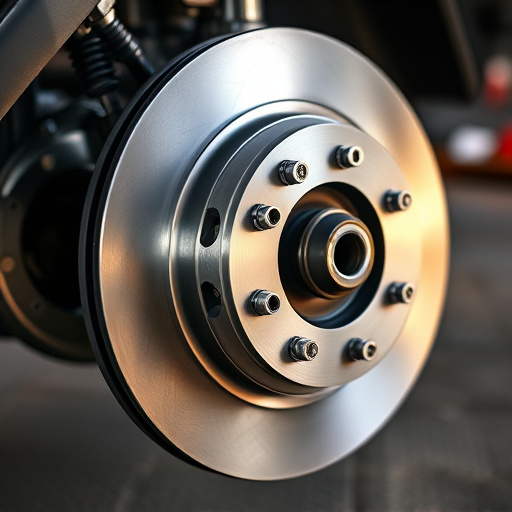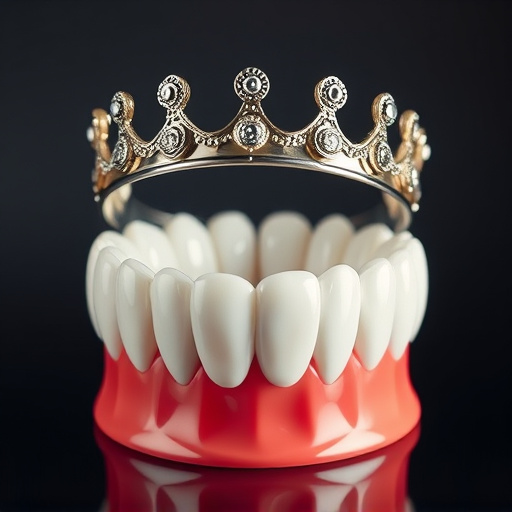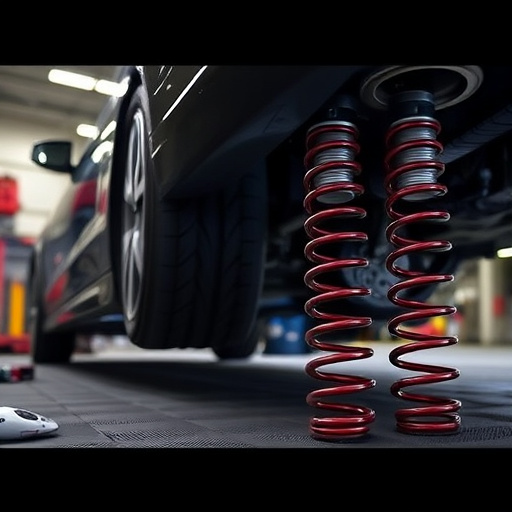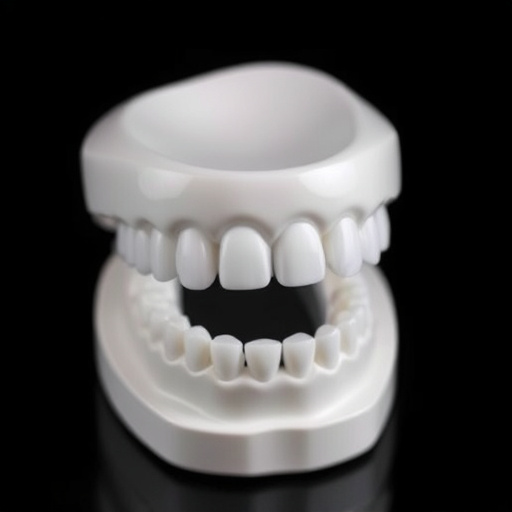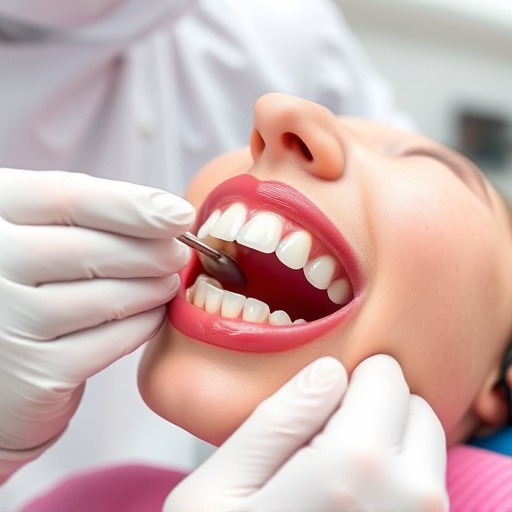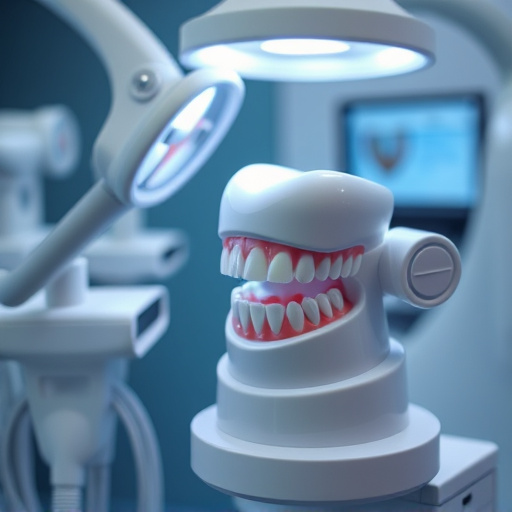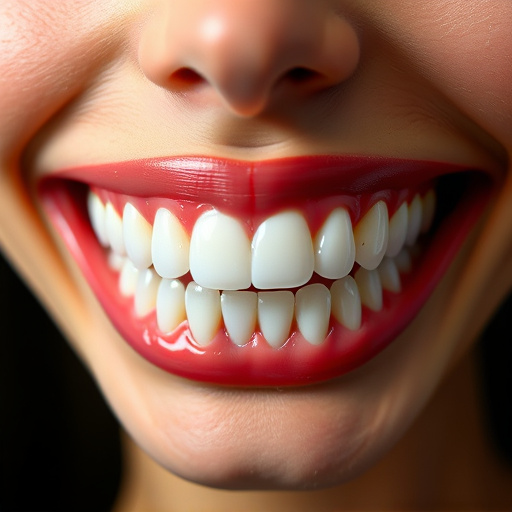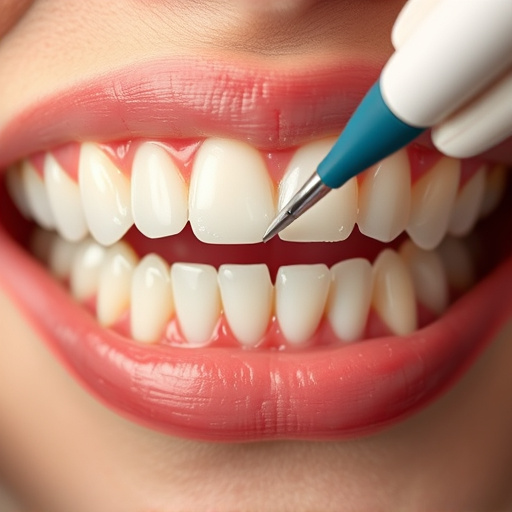Dental bridge replacement, a popular solution for missing teeth, offers functional and aesthetic benefits, restoring chewing ability, preventing facial changes, and maintaining smile beauty, even in pediatric cases. Modern technology provides natural-looking ceramic restorations with faster recovery, less invasiveness, and minimal procedure complexity. Proper care through dedicated oral hygiene, regular dental check-ups, and avoiding hard/sticky foods ensures bridge longevity and overall dental health.
Dental bridge replacement has emerged as a modern solution for tooth loss, offering a permanent fix that enhances both oral health and aesthetic appeal. This article delves into the world of dental bridges, exploring when they are needed, the benefits of contemporary technology, and essential tips for maintenance. Understanding these aspects is crucial in making informed decisions about restoring your smile today.
- Understanding Dental Bridge Replacement: When is it Needed?
- The Benefits of Modern Dental Bridge Technology
- Caring for Your Dental Bridges: Tips and Maintenance Guide
Understanding Dental Bridge Replacement: When is it Needed?
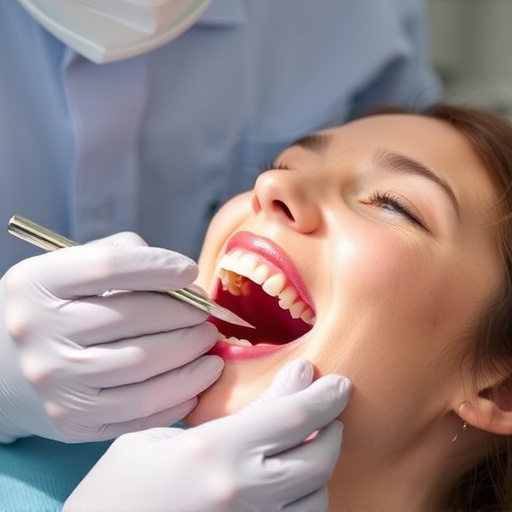
Dental bridge replacement is a common dental procedure used to restore oral health and functionality when one or more teeth are missing. A dental bridge consists of a false tooth (or teeth) attached to surrounding natural teeth, serving as a permanent replacement for the missing dentition. This method offers several advantages over other solutions like dentures or implants.
It is typically recommended when a tooth loss occurs due to decay, injury, or gum disease. Unlike removable options, bridges provide a fixed solution that looks and feels natural. The procedure involves preparing the adjacent teeth as anchors, ensuring they are strong enough to support the bridge. By combining art and science, dental professionals create a custom-fit bridge that enhances chewing ability, prevents facial collapse, and maintains the smile’s aesthetic appeal, especially in children’s dentistry. Regular teeth cleaning and proper oral hygiene, alongside dental fillings for minor decays, contribute to prolonging the lifespan of these bridges.
The Benefits of Modern Dental Bridge Technology
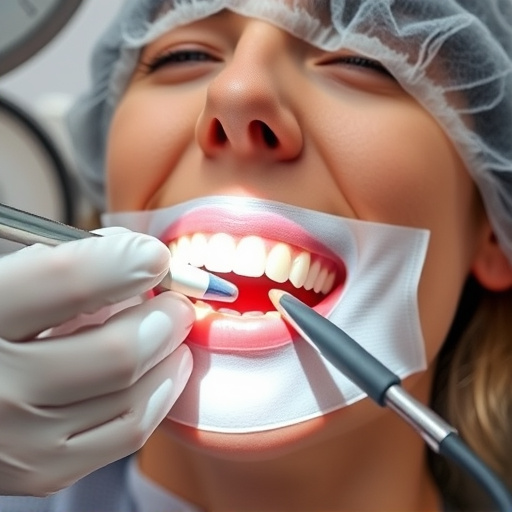
Modern dental bridge technology offers several significant advantages over traditional methods, making it a preferred choice for many patients today. One of the key benefits is its ability to provide a natural-looking and feeling restoration. With advancements in materials science, dental bridges can now be crafted from high-quality ceramics that mimic the appearance and texture of real teeth, ensuring a seamless blend with your smile. This not only enhances aesthetics but also boosts confidence when smiling or engaging in social interactions.
Furthermore, contemporary dental bridge technology is more efficient and less invasive than previous techniques. Unlike multiple tooth extractions required for traditional bridges, modern methods often involve minimal preparation, preserving more of the natural tooth structure. Procedures like dental bonding or cosmetic fillings can be used to support the bridge, offering a more comfortable and faster recovery. This makes dental bridge replacement a convenient and effective solution for those seeking to restore their oral health and functionality without extensive procedures.
Caring for Your Dental Bridges: Tips and Maintenance Guide
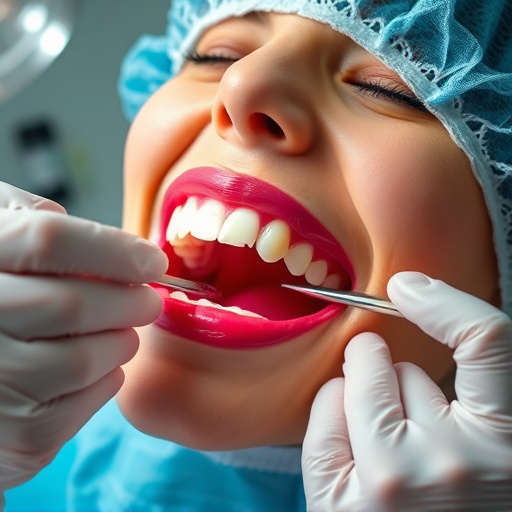
Caring for Your Dental Bridges involves a few simple yet crucial steps to ensure their longevity and maintain optimal oral health. After a dental bridge replacement, it’s essential to practice thorough oral hygiene routines. This includes brushing twice daily with fluoride toothpaste and flossing at least once a day, paying special attention to the areas around your bridges. Using mouthwash can also help reduce plaque buildup and keep your gums healthy.
Regular dental check-ups are vital for maintaining your dental bridges. During these visits, your dentist will inspect the condition of your bridges, clean hard-to-reach areas, and address any issues promptly. It’s recommended to avoid chewing hard or sticky foods that could dislodge the bridge or damage the underlying structure, including nearby dental fillings or crowns. Proper care ensures not only the sustainability of your dental bridge replacement but also contributes to overall oral health.
Dental bridge replacement has become a modern necessity, offering a permanent solution for missing teeth. With advancements in technology, today’s dental bridges provide improved aesthetics and functionality compared to traditional methods. Regular maintenance and proper care ensure these durable restorations last for years, enhancing oral health and overall well-being. For those considering dental bridge replacement, the benefits are clear: restored confidence, improved eating and speaking abilities, and a healthier smile.



